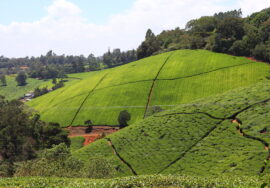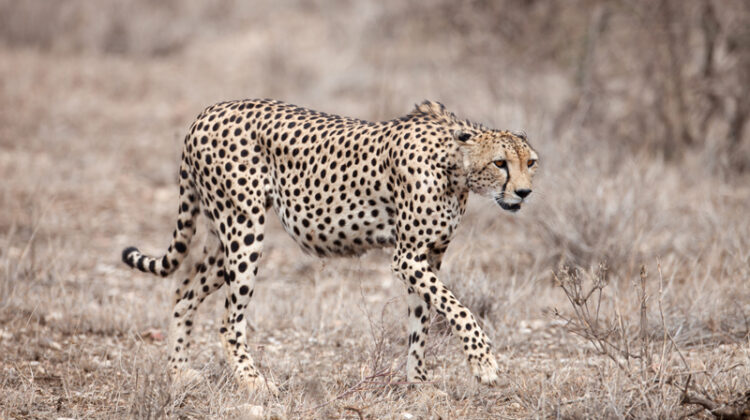
Kenya Safaris & Tours
Kenya Safaris & Tours, Kenya is the place where safaris began and is a great place to go on a trip. The East African country is on the Indian Ocean, and Mount Kenya stands tall over a tapestry of small farms, green hills, and golden grassland. Stories of wild animals began bringing tourists to the country more than a hundred years ago.
Kenya safaris show off the country’s beautiful scenery. The “Big Five” animals—elephant, lion, leopard, rhinoceros, and buffalo—live in the country’s national parks and areas.
Safaris are still one of the best ways to travel, but you need to make sure you have expert local guides and custom trips. As a locally owned tour company, African Safari Kenya has everything it needs to give you a great Kenya trip. As standard, we have a 4X4 Land Cruiser Jeep with room for six people, long-range radios for easy contact, and a pop-up roof that makes taking pictures a breeze.
You can get help from African Safari Kenya whether you’re looking for a cheap safari, a comfortable but cheap safari, or a high-end, private safari in Kenya.
Our expert staff and flexible, interest-based packages make for one of the best safaris in Kenya.
The Best Safari Destinations in Kenya
Masai Mara National Reserve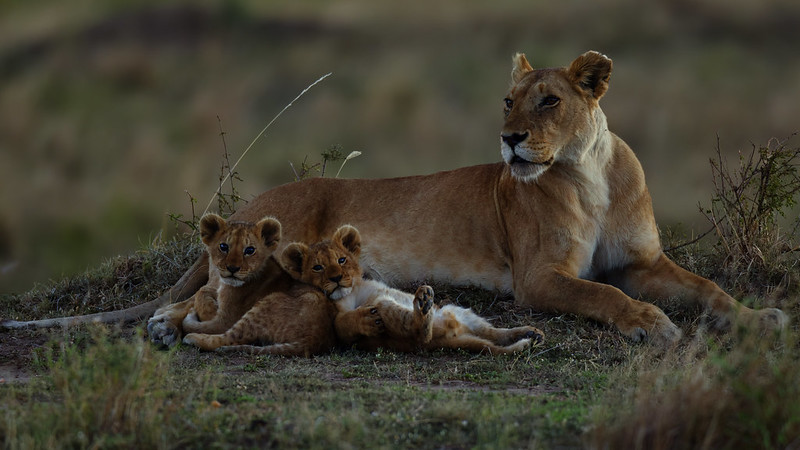
Most likely, when you think of Africa, you picture a single acacia tree in the middle of the grassland, stretching out into the distance against a flame-red sky. Most likely, that famous picture was taken in the Masai Mara. The Masai Mara is one of the most famous safari spots in Kenya. It is a 583-square-mile wilderness area in the southwest of Kenya, close to the border with Tanzania. It is made up of grassy fields and rolling hills, and the Mara and Talek rivers run through it. Its name comes from the Maasai people, who moved there from the Nile Basin in the past.
There are also hundreds of bird species that live in the Mara, as it is known locally. There are lions, cheetahs, elephants, leopards, zebras, black rhinos, hippos, and many more. During their yearly migration, wildebeest also cross the Mara plains in search of water. This is one of the most amazing wildlife shows on Earth. The sight will blow your mind, and you won’t forget it soon.
Amboseli National Park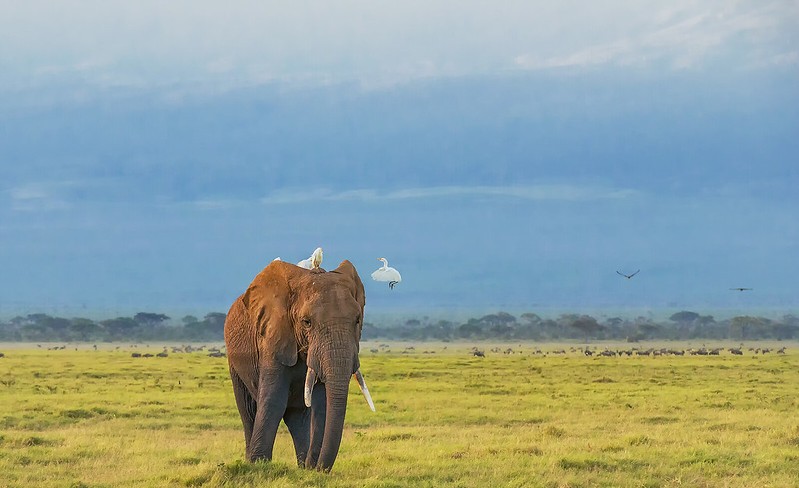
Amboseli National Park is the second most popular park in Kenya, after the Masai Mara. It is famous for its huge groups of elephants and beautiful views of Mount Kilimanjaro, Africa’s tallest mountain, which is just across the border in Tanzania. In the morning and evening, big groups of tusked elephants walk the plains. You may also see hippos, buffalo, zebras, wildebeest, hyenas, and even lions and wild dogs from time to time.
It floods in the middle of Amboseli when it rains a lot, attracting lots of animals and giving photographers lots of chances to take pictures. The area around Amboseli was named a UNESCO-Mab Biosphere Reserve in 1991. This helped protect the park’s wildlife and get the local people involved.
Tsavo East National Park
The 4,535-square-mile Tsavo East National Park is by far Kenya’s biggest. It has flat, dry land with lots of big baobab trees, which makes it easy to see the Big Five. In Tsavo East, all safaris happen south of the Galana River. This is such a large area that you and the other people on the tour are often the only ones there. Several birds are drawn to the Aruba Dam, which was built across the Voi River. The park is crossed by the Voi and Galana rivers.
The 180-mile-long Yatta Plateau is another interesting part of the park. It is one of the world’s longest lava flows and runs next to Mombasa Highway. This park is a top spot to visit because it has so many animals. You can see less common animals like the oryx, the lesser kudu, and the klipspringer, a small African antelope that hops from rock to rock, as well as the more common species.
Samburu National Reserve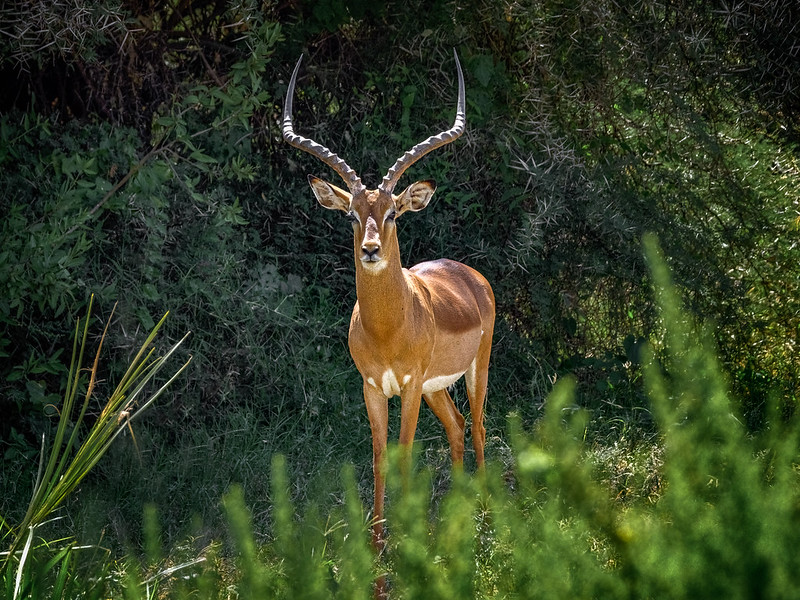
The Samburu National Reserve is very far away. It is in the very north of the country, close to Mount Kenya. Samburu is not crowded and has a beautiful mix of hilly scenery, riverine bush, and semi-desert terrain where you can see a lot of wildlife. You won’t see a lot of other cars here like you might in other areas, but you will see kopjes (small hills) and huge rocks sticking out from the ground around the Ewaso Ngiro River. Animals that are used to living in dry, rocky places can survive in this unique landscape.
You might even see Samburu men in red robes, who are related to the Masai and bring their cattle to the river to drink. In the Samburu, people live in manyattas, which are mobile towns that they move around to follow where their animals graze. Camels may also be seen here, as it is one of the few places in Africa where the fields are dry. Are you ready for a trek in northern Kenya?
Lake Naivasha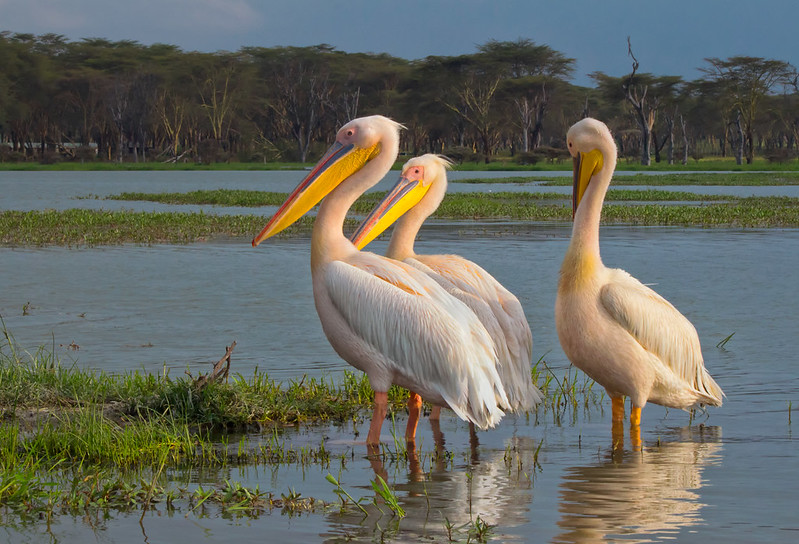
About an hour and a half north of Nairobi is Lake Naivasha, a freshwater lake famous for its pelicans, flamingos, herons, egrets, kingfishers, and lots of hippos. It is also home to over 400 different kinds of birds. Giraffes, zebras, buffalo, antelope, warthogs, and monkeys come to this sparkling blue lake to feed on the lush plants that grow around the edges of the grassy banks. Naivasha is more than just the lake, though. Elsamere used to be home to Born Free author Joy Adamson. You can enjoy tea in the yard or look for wildlife around the lake.
Lake Nakuru National Park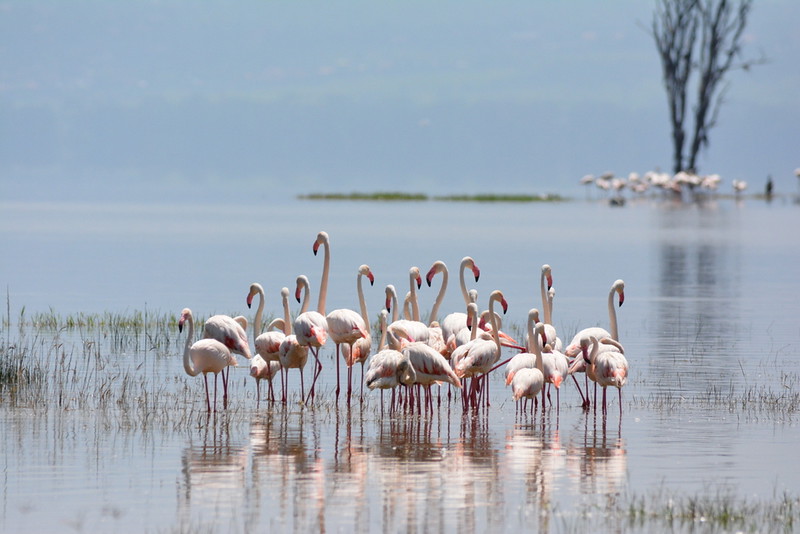
Lake Nakuru National Park is surrounded by rocky outcroppings, acacia forests, and waterfalls. It is famous for the large number of flamingos that live in and around this Rift Valley lake, which makes it look like one big pink mass. The park is beautiful all year and is home to black and white rhino, lions, leopards, hippos, and the beautiful but rare Rothschild giraffe. Leopard and lion often sleep in the trees in the forest below Flamingo Hill, which makes the southern end of the lake one of the best places to see wildlife.
Nairobi National Park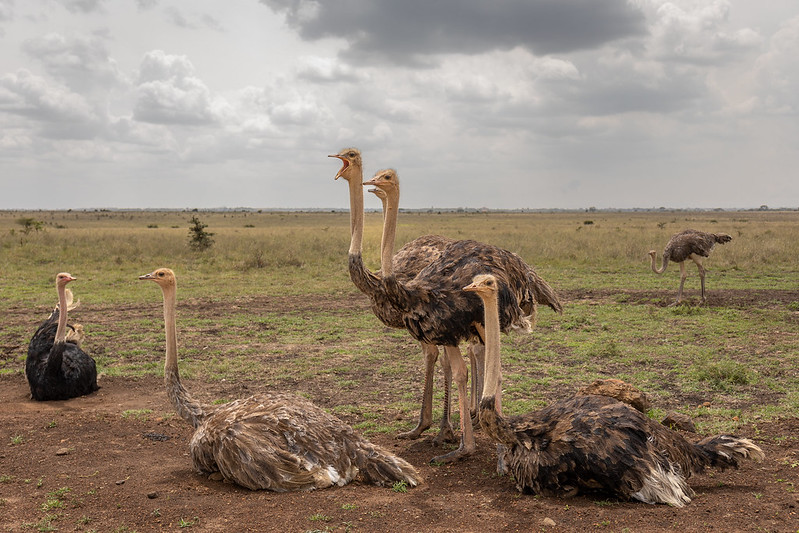
Nairobi National Park is one of the world’s smallest national parks, covering only 45 square miles. It is also one of the world’s only national parks that is inside a major city. But there is still a good chance of seeing a lot of wildlife. The park has open fields, rocky outcrops, and streams that flow southeast into the Mbatathi Athi River, which is lined with acacia trees.
The Big Five can be seen here, but not the elephants. You can see baby elephants that have been left behind, though, at the Sheldrick Wildlife Trust nursery, which is close to the park’s main gate. Also, there are up to 40 black rhinos here. The park is separated from the close suburbs of Langata and Karen by fences.
Ol Pejeta Conservancy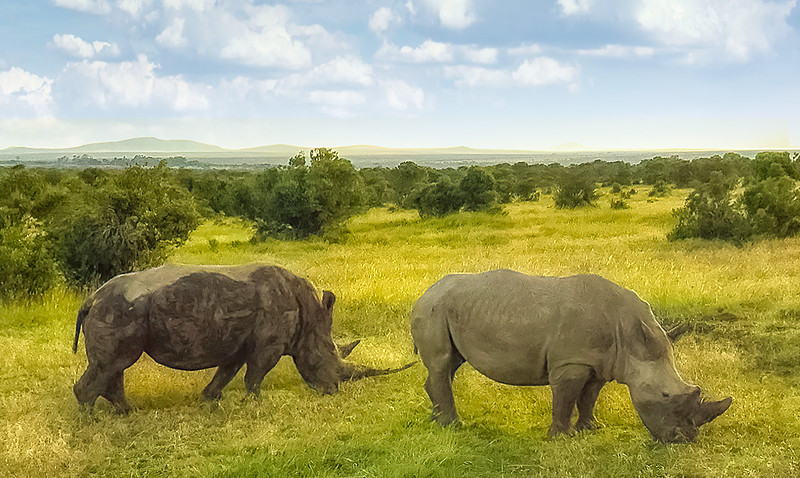
Ol Pejeta is in the Laikipia Plateau, between the Aberdares and Mount Kenya. It has semi-arid grassland, woodland, riverine forest, and marsh next to the beautiful Ewaso Nyiro River. The Big Five are all found here, making it one of the best animal parks in East Africa.
A group of highly trained rhino protection squads and international veterinary experts keep a close eye on two of the world’s last living northern white rhinos and over 140 critically endangered black rhinos. This is what the park is most famous for. The Sweetwaters Chimpanzee Sanctuary is also here, and it takes in chimps that have been left alone orphaned.
Mount Kenya National Park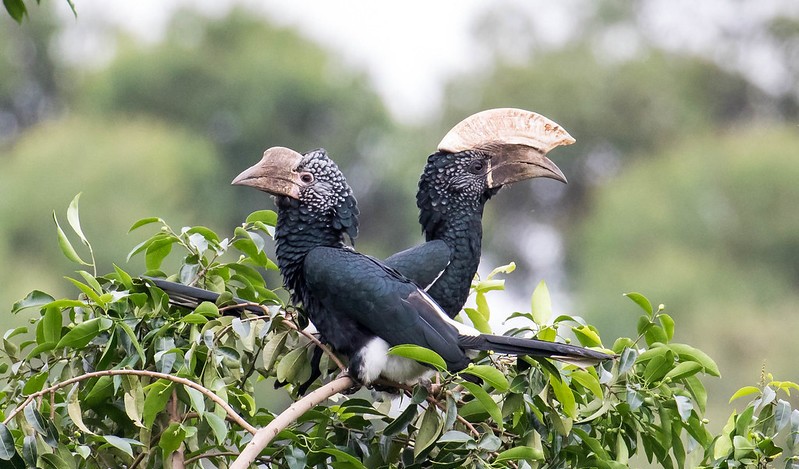
After Kilimanjaro, Mount Kenya is the second-highest mountain in Africa. Mount Kenya National Park is 277 square miles and includes a lot of the lower slopes of Mount Kenya. Elephants, cows, black rhinos, and leopards live in the park.
A sunni buck and an albino zebra are just two of the rare and threatened species that live there. You can also see colobus monkeys at lower elevations. The park and forest area around it were named a UNESCO World Heritage Site in 1997. The lower slopes of Mount Kenya are farmed by the Kikuyu, the Meru, and the Embu tribes, who are connected.
Meru National Park
The town of Meru is about 200 miles east of Meru National Park, which is in Kenya. Animals that live in the 340-square-mile park include the hippo, the eastern black rhino, the southern white rhino, the leopard, and the elephant. Poachers ruined the park from the late 1980s to 2000, and it was in bad shape.
However, from 2000 to 2005, the Kenya Wildlife Service fixed it up with help from a few aid groups. It is now one of the most exciting parks in East Africa, and serious safari-goers who like parks with fewer cars should definitely go there. You can go to Meru to see where Elsa the Lioness from Born Free is buried.


